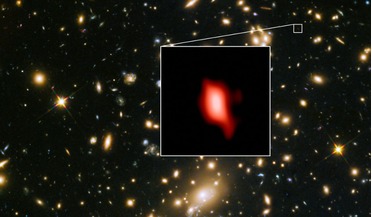 16 May 2018
Astronomers find stars forming just 250 million years after Big Bang
16 May 2018
Astronomers find stars forming just 250 million years after Big Bang
... Astronomical Observatory of Japan, reconstructed the earlier history of MACS1149-JD1 using infrared data taken with the Hubble Space telescope and NASA's Spitzer Space Telescope. After modelling the data, Hashimoto and colleagues found...
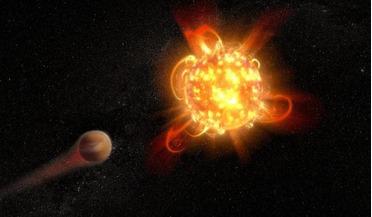 22 October 2018
Frequent superflares spell doom for life around red dwarfs
22 October 2018
Frequent superflares spell doom for life around red dwarfs
... stands for "HAbitable Zones and M dwarf Activity across Time. HAZMAT uses the observing power of the Hubble Space Telescope to survey red dwarfs (also known as M dwarfs) in ultraviolet light at three different ages – young, intermediate...
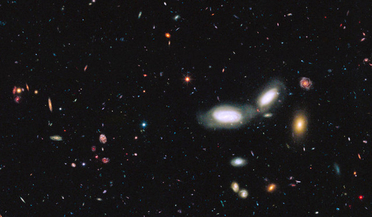 05 December 2018
New theory unifies dark matter with dark energy
05 December 2018
New theory unifies dark matter with dark energy
... says that spatial pockets of negative mass with particularly high or low creation rates can give rise to a Hubble parameter (the unit of measurement used to describe the expansion of the universe), that varies over time. As space...
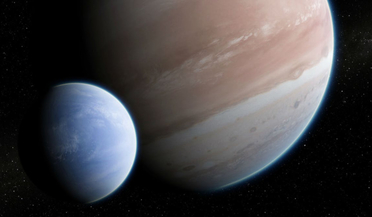 01 May 2019
Evidence for first confirmed exomoon under question
01 May 2019
Evidence for first confirmed exomoon under question
... after a small team of scientists from Columbia University in the City of New York, who while searching through Hubble Space Telescope (HST) data, found evidence that a Jovian-sized gas giant called Kepler-1625b, was...
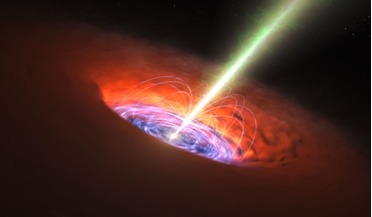 26 July 2019
Three massive black holes caught in the act of merging
26 July 2019
Three massive black holes caught in the act of merging
... to 3.26 light years). SDSS J0849+1114 has been observed before, but comprehensive new observations with the Hubble Space telescope, Chandra X-ray, and the Very Large Array (VLA) located in central New Mexico, by a team...
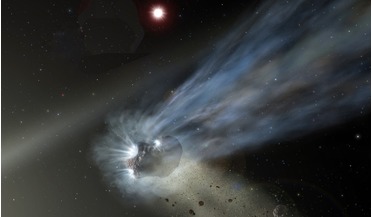 20 April 2020
New research shows interstellar visitor 21/Borisov is not your average comet
20 April 2020
New research shows interstellar visitor 21/Borisov is not your average comet
... teams headed by Dennis Bodewits and colleagues, and Martin Cordiner and colleagues who have used the Hubble Space Telescope (HST) and the Atacama Large Millimetre/submillimetre Array (ALMA), respectively to observe the comet...